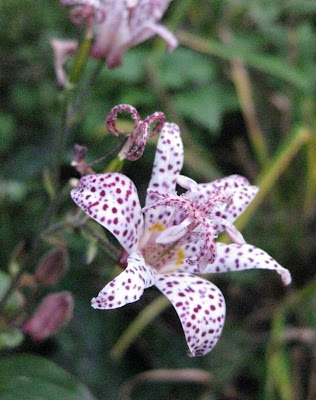 There is nothing that makes a gardener more excited than seeing a beautiful carpet of color beneath a budding tree's branches. Winter's cold and grey days are finally rewarded with early spring bloom of crocus or hyacinths. With some initial fall labor and care, there is little effort but to enjoy the spring show. Bulbs will also naturally set seed and produce offset bulbs that will continue to increase your display.
There is nothing that makes a gardener more excited than seeing a beautiful carpet of color beneath a budding tree's branches. Winter's cold and grey days are finally rewarded with early spring bloom of crocus or hyacinths. With some initial fall labor and care, there is little effort but to enjoy the spring show. Bulbs will also naturally set seed and produce offset bulbs that will continue to increase your display.If trees and bulbs compete for food, light and water, trees will always win. Give your bulbs a fighting chance by planting them under trees that:
- Are deciduous, this allows sunlight to reach the ground when the bulbs are sprouting before leaves are formed.
- Have deep root systems or large surface roots like oak, redbud, hawthorne, magnolia
- Have limbs that start high on the trunk, casting as light shade
- Choose small bulbs, they require smaller holes which means less disturbance
- Plant between the tree's roots
- Avoid tearing roots; never cut into a root
- Don't pile soil on top of roots to plant bulbs, the extra layer will stop necessary oxygen from reaching the roots.
- Are evergreen
- have shallow or fibrous root systems, such as maples and rhododendrons
- Are allelopathic (meaning they produce chemicals that hinder the growth of neighboring plants), like black walnut, black locust, southern waxmyrtle
The best bulbs for planting under trees*
Crocus, crocus
Iris reticulata, dwarf iris
Narcissus, early daffodils
Chionodoxa, glory of the snow
Muscari, grape hyacinth
Cyclamen, hardy cyclamen
Puschkinia scilloides, Lebanon squill
Scilla sibirica, Siberian squill
Galanthus, snowdrop
Leucojum, snowflake
Anemone blanda, windflower
Eranthis, winter aconite
*Organic Gardening, Aug-Oct 2007










